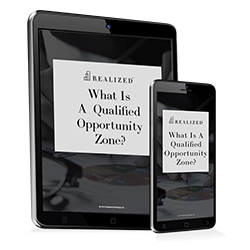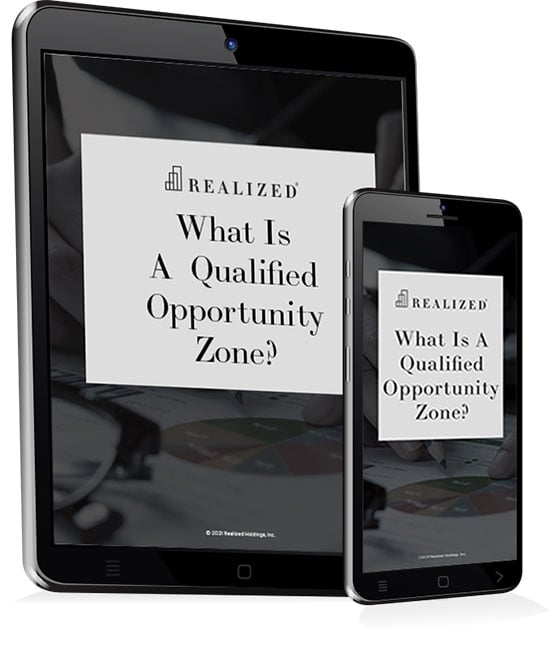
On April 17, 2019, the U.S. Treasury Department released 169 pages of new proposed regulations that amplify and clarify an earlier set of proposed regulations that were released in October 2018 (October Proposed Regulations), which primarily addressed the operative rules of real estate investments within the QOZ program.
While the updates provide further clarification and guidance with respect to various aspects of qualified opportunity zones, we have addressed below a few of the topics that we believe to be most relevant to prospective investors.
90% Test
The 90% Test certification frequency has been relaxed. Previously, the rule stated that QOFs must certify every six months that 90% of the fund’s assets are in qualified opportunity zone properties. Certification is now required every 12 months.
Additionally, reinvestments are allowed within 12 months from the date of distribution, sale, or disposition, for meeting the 90% investment requirement. These reinvestments can come from the return of capital or sell of QOZ stock, QOZ partnership interest, and QOZ property. The extended reinvestment period gives funds additional time to reinvest without incurring penalties.
Financing Distributions are Possible
Loan proceed distributions may be dispersed to investors. These distributions avoid an “inclusion event” (i.e., the inclusion of deferred gain)as long as the distributions do not exceed the investor’s basis in the partnership interest and are not made within two years after the investor’s contributions to the QOF.
When deferral ends in 2026, refinancing distributions may be made to investors to pay taxes on deferred gains. Whether or not refinancing distributions are made at the time is dependent on the general partner and if they believe circumstances warrant such action. Refinancing can take place before 2026. Once a project reaches operational stabilization, it can be refinanced with a permanent loan in the following year.
Working Capital Safe Harbor
Investors will not be penalized if the QOZ fails to meet the 31-month working capital safe harbor rule due to government delays. This assumes any application was completed during the 31-month timeline.
There are also changes to the written designation for planned use of working capital. The following are now included:
- The development of a trade or business in a QOZ.
- Acquisition, construction, or substantial improvement of tangible property.
Substantial Improvement
Buildings that have been vacant for five years prior to acquisition are exempted from the substantial improvement requirements. Without the exemption, acquired not “original use” buildings would need to be improved within a 30-month period from the date of acquisition.
The 30-month window is allowed because older buildings likely need far more time for improvements due to deferred maintenance or because they require significant updates.
Triple Net Leases
Triple net leases (NNN) no longer apply to OZs. The government wants businesses within an OZ to be active, which is in contrast to the passive nature of investing in NNN-leased properties.
The regulations are clear about NNN, “...the ownership and operation (including leasing) of real property is the active conduct of a trade or business. However, merely entering into a triple-net-lease with respect to real property owned by a taxpayer is not the active conduct of a trade or business by such taxpayer.”
Additional Updates
Cash investments can now take advantage of OZ benefits. Previously, such benefits were applied to carried interest that was earned for services.
Taxation of deferred gains is treated differently when transferring OZ interest. If interest is transferred by gift, but not by inheritance or upon death to an estate or revocable trust, deferred gains are taxable.
Any potential tax advantages derived from a taxpayer’s investment in the fund are contingent upon both the fund’s compliance with the QOZ rules and the taxpayer’s individual compliance with the QOZ Rules. Accordingly, each investor should seek the advice and assistance of their own tax advisor.
Information is based on data gathered from what we believe are reliable sources. It is not guaranteed as to accuracy, does not purport to be complete and is not intended to be used as a primary basis for investment decisions. It should also not be construed as advice meeting the particular investment needs of any investor. Past performance does not guarantee future results.
Realized does not offer legal or tax advice.



